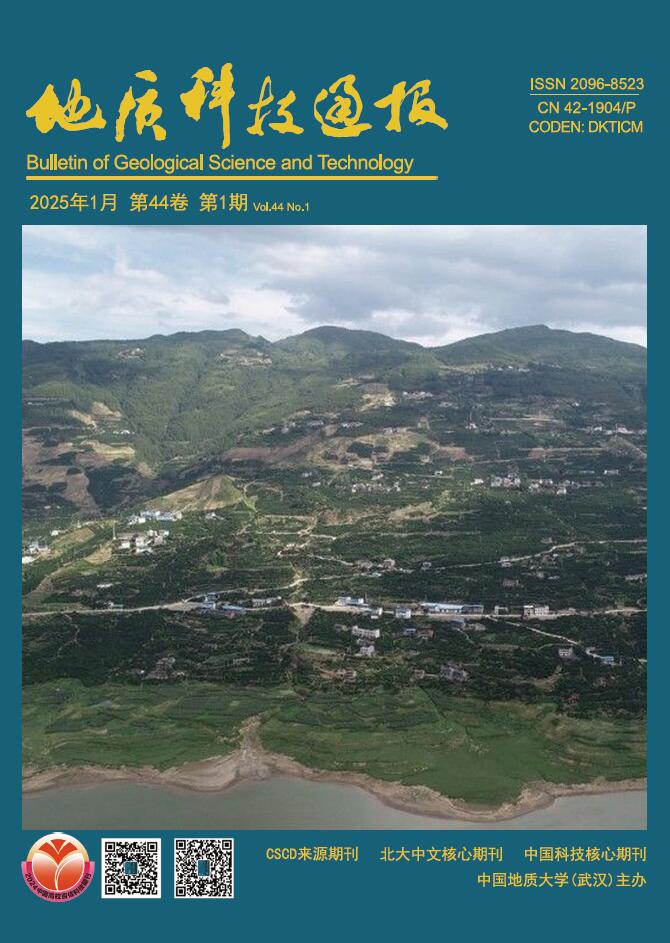Trace elements of metallic minerals are important to constrain the formation processes and genetic types of ore deposits. Trace elements have been mainly focused on pyrite, magnetite, and sphalerite but have rarely been applied to chalcopyrite. To reveal the relationships between chalcopyrite trace elements and ore deposit types, ore petrography and LA-ICP-MS trace element of chalcopyrite in collected copper concentrate samples from porphyry copper deposits (PCD), magmatic copper-nickel sulfide deposits (MSD), sedimentary rock-hosted stratiform copperdeposits (SSC), iron oxide copper-gold deposits (IOCG), sedimentary exhalative deposits (SEDEX) and volcanogenic massive sulfide deposits (VMS) have been carried out. In chalcopyrite, Mn, Co, Ni, Se, Ag, Sn, Pb, and Bi contents are more than 1 000×10-6, and Ga, Ge, Mo, Cd, In, Sb, Te, Au and Tl contents are up to 100×10-6, which together indicate chalcopyrite is an important carrier for many trace elements. Antimony-Tl, In-Sn, Pb-Bi, and Mn-Ni in the chalcopyrite are positively correlated.Meanwhile, in chalcopyrite, Sb, Tl, In, and Sn mainly occur in the form of solid solution, Pb and Bi in the form of galena inclusions, and Mn, Co, As, Te, Ag, and Ni are both developed. Trace elements of chalcopyrite from PCD and VMS are variable. The concentrations of Ni and In in chalcopyrite from MSD are high and low, and Ge and Sn from SSC are higher and lower than other types, respectively. Moreover, the concentration of Se in chalcopyrite is higher from MSD and VMS, but is lower from SEDEX and SSC. Different concentrations of Ni, In, and Sn in the chalcopyrite are mainly related to different magmatism, and Se is principally controlled by temperature. The high concentrations of Ge in chalcopyrite from SSC may be related to ore-forming temperature and host rocks.Therefore, based on the above trace elements characteristics, Ni-Co and Ni-In diagrams can distinguish MSD from other deposit types, the diagram of Ni-Se can differentiate SEDEX, SSC from VMS, and the diagram of Ge-Sn is used to isolate SSC from SEDEX. In addition, the diagram of Co/Ni-Ag/Bi can differentiate between MSD and PCD, while Zn-Sn/In can discriminate IOCG from others to some extent.These first systematically proposed diagrams will provide a new reference for distinguishing the genetic types of deposits.







